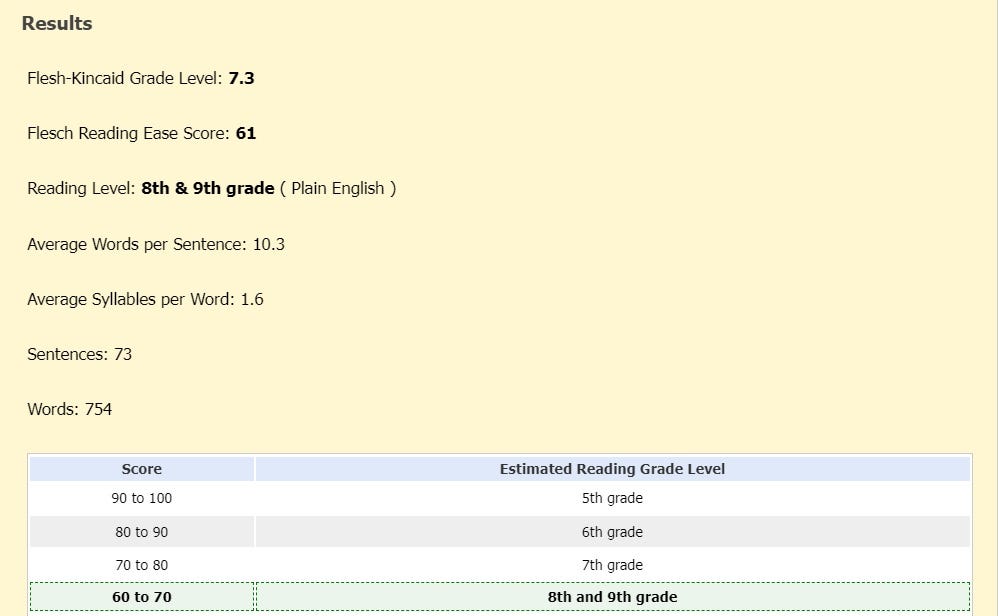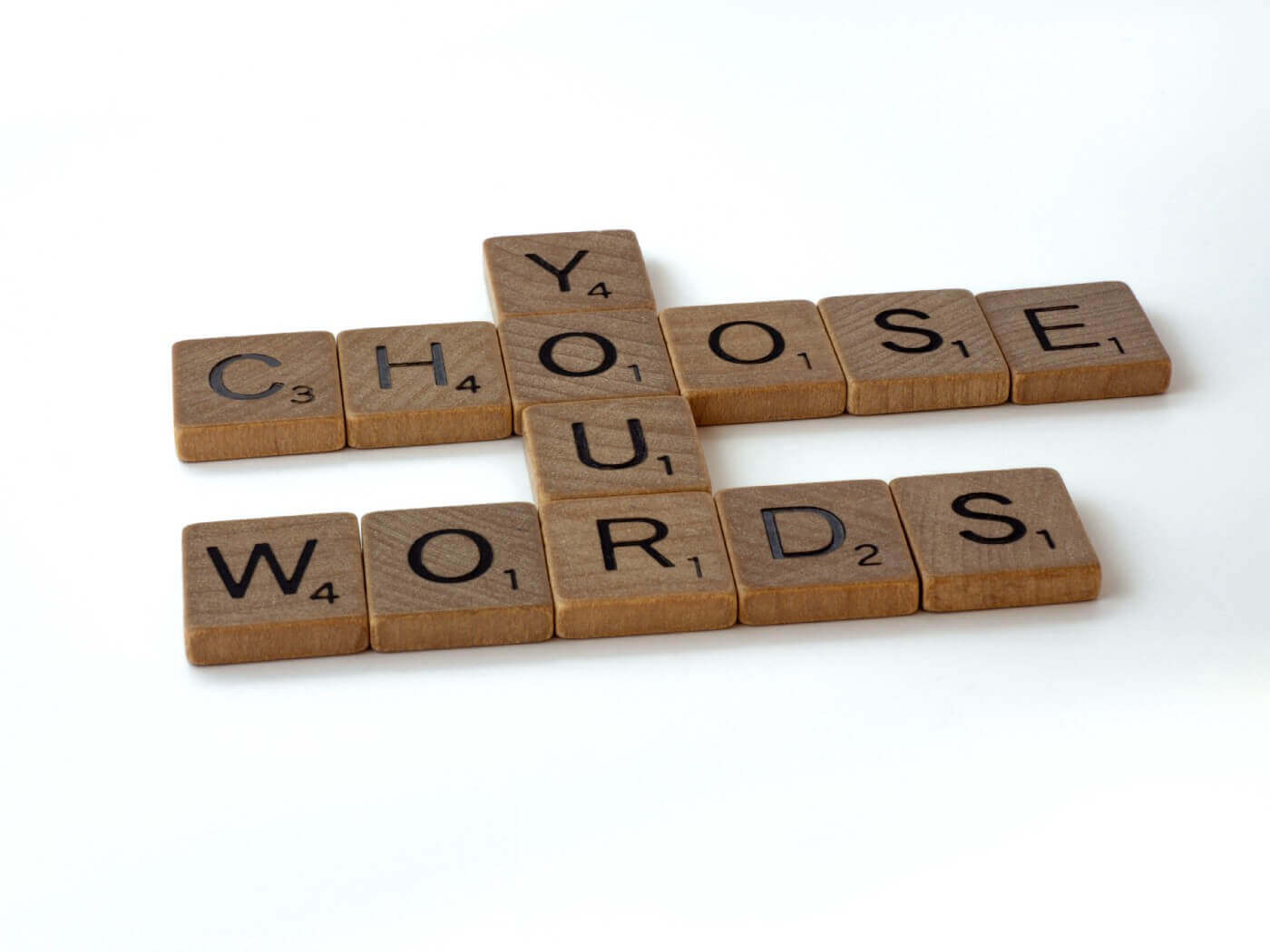Using plain language is essential for content accessibility
When writing for your audience, it’s essential to keep things simple at the lowest common denominator for your audience. If your audience is all Ph.D. candidates, language can be complex and require a college education to understand. But if your audience is average Americans, you are asking for comprehension trouble if your content requires a college degree to understand, synthesize, and act on.
Plain language rules are easy to follow and make your content easier to understand to the broadest number of people. There are a few things you can do to make your writing more user-friendly:
Write for Your Audience
When you’re writing content, always keep your audience in mind. Guide users through your content by focusing on their needs. What do they want to know? What information do they need? Put yourself in your readers’ shoes and write accordingly.
Organize Your Information
Make sure your information is easy to follow by organizing it logically. Use lists (bulleted or numbered) to break up your text and make it easier to scan. Start with the most critical information and work your way down to the details. Include exceptions and conditions as needed. Add header structure, so people understand when they are deep in the details versus higher level conversations.
Present Exceptions and Conditions Concisely
When you need to mention an exception or condition, present it concisely. Don’t bury the information in a long paragraph. Mention exceptions at the beginning and explain them in plain language.
Watch for Hidden Verbs
Beware of hidden verbs, also called nominalizations. These are words that end in -tion or -ment. These words can make your writing sound passive and complicated. Stick to simple, action-oriented language instead.
When you have a choice, use the more simpler word and structure
Buy instead of purchase. Talk instead of communicate. Short instead of brief. These are examples of choosing a simpler word over a complicated one. A complicated word:
- May have more syllables;
- May not be in common usage, or;
- May be commonly used, but not until higher levels of education.
When you use a conjunction (and, but, or, however) ask yourself if you should be breaking it up into two sentences. Avoid jargon and long, complicated sentence structures. Don’t make your users work hard to understand your content.
Use Present Tense for verbs.
When possible, use the present tense to keep your writing action-oriented. This makes your content more concise and easier to follow. Don’t use the future tense (“will” or “going to”) unless it’s necessary.
Stay Consistent with Terminology and Structure
Make sure you’re using the same terminology and structure throughout your content. This makes your writing more readable and easier to understand. One exception is to avoid starting every sentence with the same word, making it difficult for readers to go back and look for a particular point.
Leave Out Excess Modifiers
Modifiers (words like “very,” “quite,” and “pretty”) can make your writing seem flowery and excessive. Try to limit or leave these words out altogether. The simpler your language, the easier it is to read.
Design for Skimmers and Scanners
Most people don’t read web content word for word — they skim and scan instead. Keep this in mind when you’re designing your content. Use short paragraphs, clear headlines, proper heading structure, and bulleted lists to make your information easy to find.
Check Your Content with Others
Before you publish your content, check it on different devices and browsers. Also, ask others to read it over and give you feedback. The more people who test your content, the better.
How do I know what reading level is required to understand my document
There are many calculators which will tell you what grade level of education is required to understand a document.

The one I use is called the Flesch-Kincaid grade level score. It is very North American-centric. If you are outside the US there are other readability calculators that do a good job. Flesch-Kincaid is also specific to narrative because it calculates the score based on sentences. FORCAST is a better calculator for technical documentation. Some people have access to the Flesch-Kincaid score automatically via certain versions of Microsoft Word. If you don’t have that feature in your version of Word, you can copy and paste the text into GoodCalculators for a free assessment.
